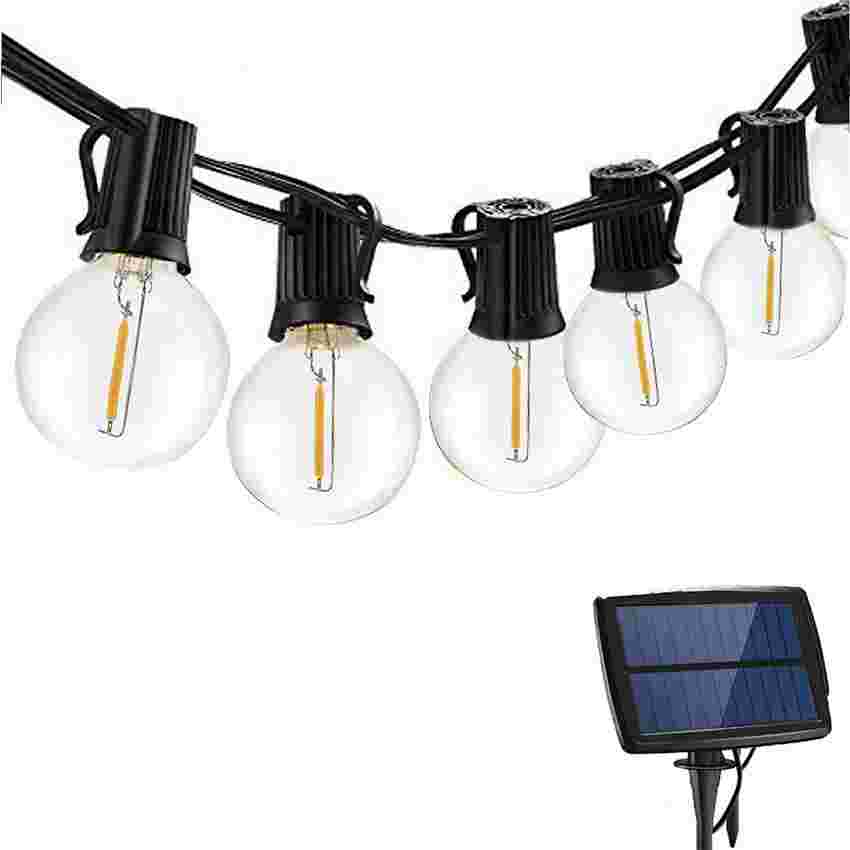How to Operate Solar Lights
Solar lights are an excellent, eco-friendly option for outdoor and indoor lighting. Operating solar lights is relatively easy, and with regular maintenance, they can provide years of reliable service. In this article, we will provide you with a step-by-step guide on how to effectively operate and maintain solar lights, ensuring that you get the most out of your investment in this energy-efficient lighting solution.

1. Understanding the Basics of Solar Lights
Solar lights are equipped with photovoltaic cells that convert sunlight into electricity. This energy is then stored in rechargeable batteries within the light fixture. Once the sun sets, the built-in sensor triggers the light to turn on, using the stored solar energy to illuminate the area. For optimal performance, it is crucial to place the solar panel in a location where it receives direct sunlight throughout the day.
2. Charging the Batteries

Before using your solar lights for the first time, it is essential to fully charge the batteries. This typically requires leaving the lights in the off position for 2-3 sunny days. Once fully charged, the batteries should provide ample power to illuminate the lights for several consecutive nights. For best results, it is recommended to clean the solar panel regularly to ensure maximum sunlight absorption.
3. Turning the Lights On and Off
Most solar lights are equipped with an on/off switch, allowing you to control when the lights are in use. After the initial charge, simply switch the lights to the on position, and they will automatically turn on at dusk and off at dawn. If you want to conserve energy or extend the battery life, you can turn the lights off manually during the day.

4. Maintenance Tips
- Clean the solar panel and light fixtures regularly to remove dirt, dust, and debris that can obstruct sunlight and reduce the efficiency of the solar lights.
- Check the batteries periodically and replace them as needed to ensure consistent performance.
- Inspect the solar lights for any signs of damage or wear and tear, and address any issues promptly to prevent further damage.
5. Maximizing Solar Light Efficiency
To maximize the benefits of your solar lights, consider the following tips:
- Position the solar panel in a location that receives direct sunlight and is free from shading or obstructions.
- Install the lights in areas where they will receive ample sunlight and avoid placing them in the shade for prolonged periods.
- Adjust the angle of the solar panel to optimize sunlight absorption based on the sun's position throughout the year.
By following these simple guidelines, you can effectively operate and maintain your solar lights, ensuring that they provide reliable, energy-efficient lighting for years to come. Additionally, you can contribute to reducing your carbon footprint and lowering your energy costs by harnessing the power of the sun to illuminate your surroundings.
In conclusion, operating solar lights is a straightforward process that offers numerous benefits, including energy efficiency, cost savings, and environmental sustainability. With proper maintenance and regular care, solar lights can serve as a reliable and eco-friendly lighting solution for both residential and commercial applications, contributing to a greener and more sustainable future.


viber

skype

whatApp

telegram


 France
France
 Spain
Spain
 Portugal
Portugal